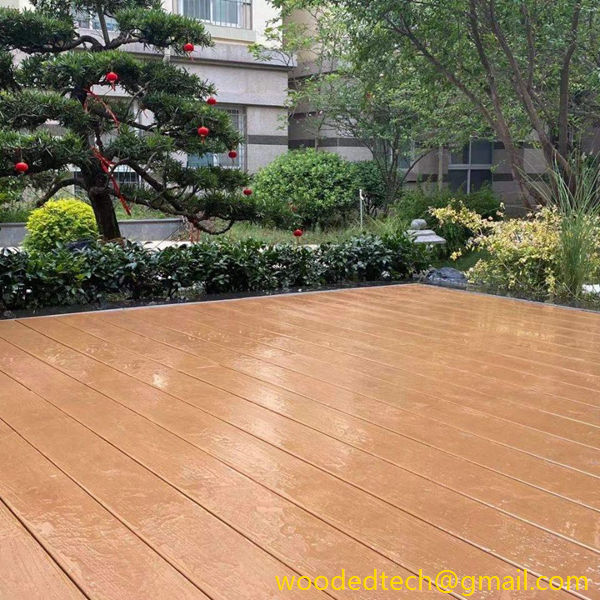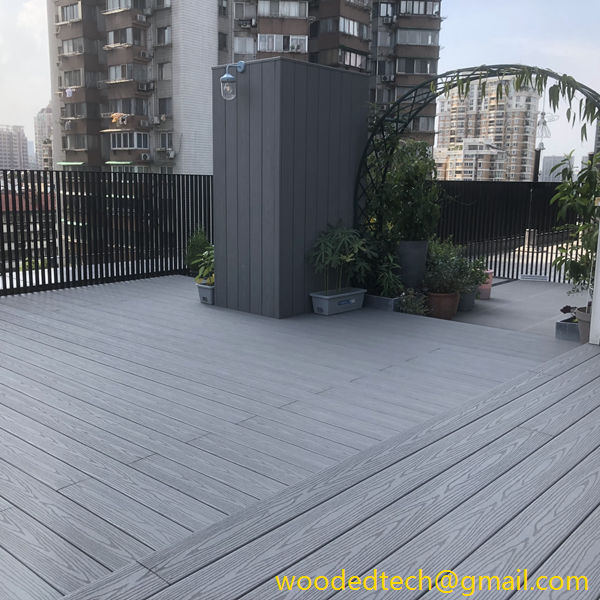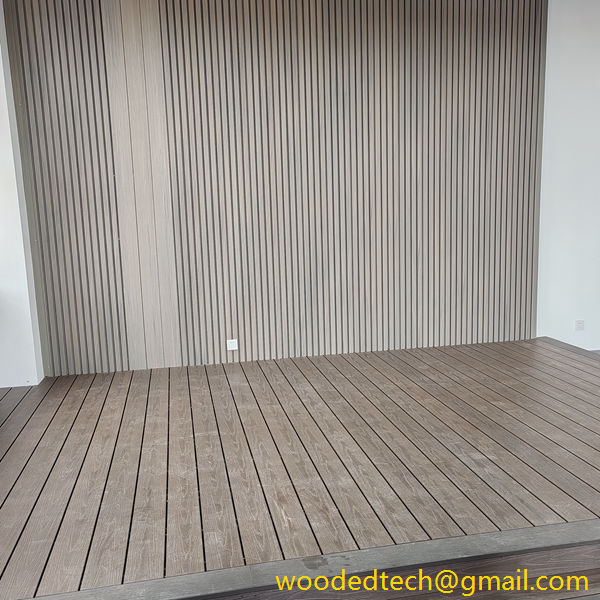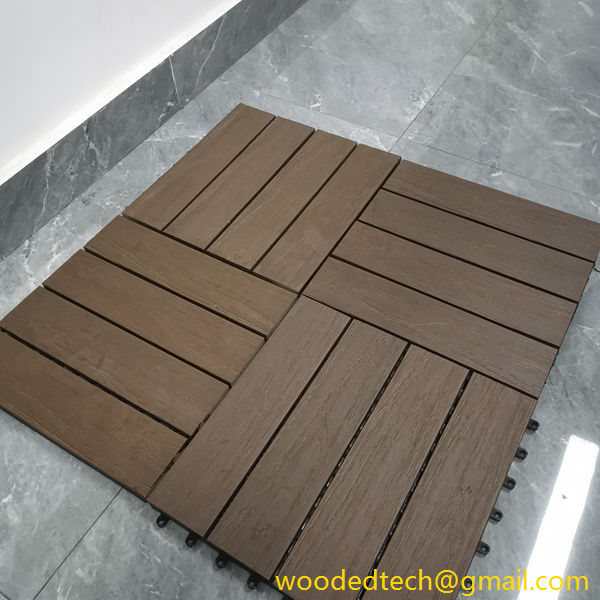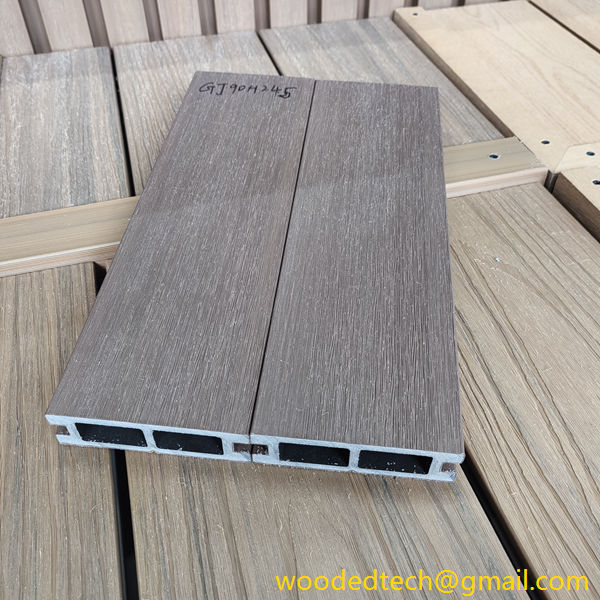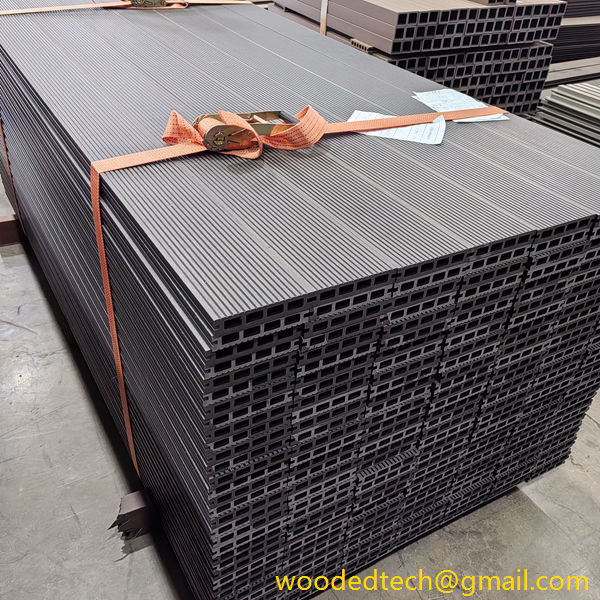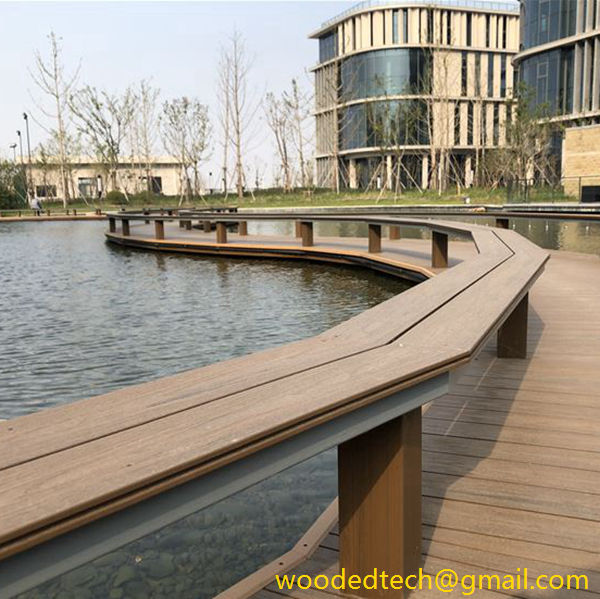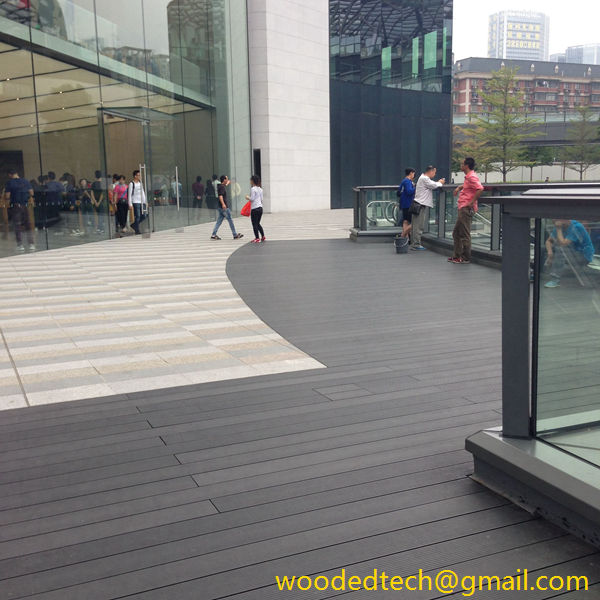Understanding Wood Plastic Composite Flooring for Your Home
Understanding Wood Plastic Composite Flooring for Your Home In recent years, homeowners have become increasingly interested in finding flooring solutions that combine aesthetics, durability, and ease of maintenance. One such option that has gained popularity is Wood Plastic Composite (WPC) flooring. WPC flooring is a unique blend of wood fibers and plastic, resulting in a…
Understanding Wood Plastic Composite Flooring for Your Home
In recent years, homeowners have become increasingly interested in finding flooring solutions that combine aesthetics, durability, and ease of maintenance. One such option that has gained popularity is Wood Plastic Composite (WPC) flooring. WPC flooring is a unique blend of wood fibers and plastic, resulting in a material that is both attractive and functional. In this article, we will explore the benefits of WPC flooring, its installation process, and why it may be the perfect choice for your home.
WPC flooring is designed to replicate the natural beauty of hardwood while offering enhanced performance characteristics. The composite material is resistant to moisture, mold, and mildew, making it suitable for a variety of environments, including kitchens, bathrooms, and basements. Additionally, the surface of WPC flooring is often treated to provide scratch and stain resistance, ensuring that your floors maintain their appearance over time.
One of the most appealing aspects of WPC flooring is its ease of installation. Unlike traditional hardwood flooring, which often requires professional installation due to its complexity, WPC flooring can be installed as a DIY project by homeowners. Most WPC products come with a click-lock system that allows the planks to be easily snapped together without the need for glue or nails. This not only simplifies the installation process but also makes it possible for homeowners to replace individual planks if necessary.
Before beginning the installation of WPC flooring, it is important to prepare the subfloor. The subfloor should be clean, dry, and level to ensure a smooth installation. If you are installing WPC flooring over an existing floor, such as tile or linoleum, it is essential to check for any irregularities or damage that may need to be addressed beforehand. In some cases, it may be beneficial to use an underlayment to provide additional cushioning and sound insulation.
Once the subfloor is prepared, the next step is to acclimate the WPC planks to the room’s temperature and humidity. This process typically involves leaving the planks in the room where they will be installed for at least 48 hours. Acclimation helps prevent warping or buckling after installation, ensuring that your flooring remains stable over time.
When it comes to the actual installation, the click-lock system streamlines the process significantly. Start by laying the first row of planks along the longest wall, leaving a small expansion gap along the edges to allow for natural expansion and contraction. As you continue to lay additional rows, stagger the seams of the planks to create a more natural appearance and enhance stability.
If you encounter obstacles such as door frames or cabinetry, cutting the planks may be necessary. A simple saw can be used to trim the planks to fit around these obstacles. It is important to measure carefully and make precise cuts to ensure a professional-looking finish.
Once all the planks are laid and the installation is complete, there is minimal maintenance required to keep your WPC flooring looking its best. Regular sweeping or vacuuming will help remove dirt and debris, while occasional damp mopping with a gentle cleaner will keep the surface clean without damaging it. Unlike hardwood, WPC flooring does not require refinishing, making it a low-maintenance option for busy households.
In addition to ease of installation and maintenance, WPC flooring is also available in a wide range of styles, colors, and textures. This versatility allows homeowners to choose a look that complements their existing décor and personal preferences. Whether you prefer the classic appearance of oak, the warmth of walnut, or the contemporary look of gray tones, there is likely a WPC product that suits your needs.
Another significant advantage of WPC flooring is its eco-friendliness. Many manufacturers focus on sustainability by using recycled wood fibers and plastic in their products. This means that by choosing WPC flooring, you are not only enhancing your home but also making an environmentally conscious decision.
In conclusion, Wood Plastic Composite flooring is an excellent choice for homeowners seeking a stylish, durable, and easy-to-maintain flooring option. Its simple installation process makes it accessible for DIY enthusiasts, while its resistance to moisture and scratches ensures long-lasting beauty. With a variety of styles and eco-friendly options available, WPC flooring offers a versatile solution that can enhance any space in your home. Whether you are renovating an existing room or building a new home, consider WPC flooring as a practical and attractive choice for your flooring needs. By understanding the benefits and installation process of WPC flooring, you can confidently make an informed decision that will enhance the beauty and functionality of your living space for years to come.

